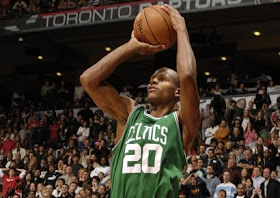 Another great email lesson from Brian Tracy...so good I am posting it on both blogs so coaches and players but will hopefully read:
Another great email lesson from Brian Tracy...so good I am posting it on both blogs so coaches and players but will hopefully read:The turning point in my life came when I discovered the law of cause and effect, the great law of the universe, and human destiny. I learned that everything happens for a reason. I discovered that success is not an accident. Failure is not an accident, either. I also discovered that people who are successful in any area usually are those who have learned the cause-and-effect relationship between what they want and how to get it.
Determine Your Personal Growth and Development Values
To realize your full potential for personal and professional growth and development, begin with your values as they apply to your own abilities. As you know, your values are expressed in your words and actions.
You can tell what your values are by looking at what you do and how you respond to the world around you. Your values are the root causes of your motivations and your behaviors.
Clarify Your Personal Growth and Development Vision
Create a long-term vision for yourself in the area of personal growth. Project forward five or ten years and imagine that you are developed fully in every important part of your life. Idealize and see yourself as outstanding in every respect. Refuse to compromise on your personal dreams.
Set Goals for Your Personal Growth and Development
Now take your vision and crystallize it into specific goals. Here is a good way to start. Take out a piece of paper and write down ten goals that you would like to achieve in the area of personal and professional development in the months and years ahead. Write in the present tense, exactly as if you were already the person you intend to be.
Determine exactly what you want to be able to do. Decide who you want to become. Describe exactly what you will look like when you become truly excellent in your field and in your personal life.
Upgrade Your Personal Knowledge and Skills
Set specific measures for each of your goals. If your goal is to excel in your field, determine how you will know when you have achieved it. Decide how you can measure your progress and evaluate your success.
Perhaps you can use as a measure the number of hours you study in your field each week. Perhaps you can measure the number of books you read or the number of audio programs you listen to. Perhaps you could measure your progress by the number of sales you make as the result of your growing skills.
Develop Winning Personal Growth and Development Habits
Select the specific habits and behaviors you will need to practice every day to become the person you want to become. These could be the habits of clarity, planning, thoroughness, studiousness, hard work, determination, and persistence.
Action Exercise
Decide today to develop yourself to the point where you can achieve every financial and personal goal you ever set and become everything you are capable of becoming. Write down your goals and make sure to look at them every day, then ponder ways you possibly achieve these goals.






